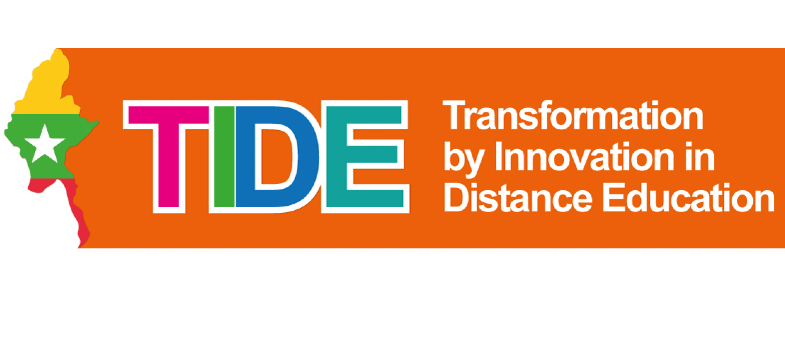What will I study in Step 2?
The table below lists the activities contained in this phase of the programme. It repeats the details on the type of activities involved, their learning outcomes, themes and their relationship to the programme learning outcomes. What follows are the individual assets that were used to support each of the named activities.
|
Part |
Activity name |
Activity type(s) |
Activity Learning Outcome(s) or Aims |
Academic Programme Learning Outcome(s) being addressed by this Activity |
Themes covered |
|
2.1 |
Digital Skills: Succeeding in a Digital World (online course) |
1.Assimilative 2.Finding and Handling Information
|
After completing this course, you will be able to: Understand and be confident in your online identity. Choose and use the appropriate online tool for the task in hand. Use technology confidently and critically to achieve your study, work and life goals. Reflect proactively on your level of digital confidence, and identify steps for further development.
|
1. Explain the role of quality assurance and enhancement processes for providing a good quality distance learning experience for students 2.Understand what the principles and practices of openness in education means for you and your institution in developing and sharing educational resources. |
Open Technologies; Professional Development |
|
2.2 |
How to logon to OpenLearn & OpenLearn Create |
1. Assimilative 4. Productive 5. Experiential
|
By participating in this webinar you should be able to: Login to OpenLearn and OpenLearn Create. |
2. Understand what the principles and practices of openness in education means for you and your institution in developing and sharing educational resources.
|
Open Technologies |
|
2.3 |
OU Processes 1: Module production (Joint webinar) |
Assimilative |
This webinar aims to: * introduce concepts of quality assurance and quality enhancement * consider the team approach to module production and the varying roles of module team members * consider how internal and external review of module components can improve quality |
1. Explain the role of quality assurance and enhancement processes for providing a good quality distance learning experience for students |
Distance Education; Learning Design |
|
2.4 |
OU Processes 2: Module presentation (Joint webinar) |
Assimilative |
This webinar aims to: * introduce the OU’s approach to supported distance learning * highlight the many sources of evidence available for evaluating the student learning experience on a module * describe quality assurance and enhancement processes used during presentations of an OU module |
1. Explain the role of quality assurance and enhancement processes for providing a good quality distance learning experience for students |
Distance Education; Learning Design |
|
2.5 |
Masterclass: How to Resize an Image (webinar) |
1.Assimilative 4.Productive |
By participating in this webinar you should be able to: * Understand when you may need to resize an image. * Identify software that can be used to resize an image. * Resize an image using online image editing software. |
4. Design and develop open educational resources (OER), whether online or in a physical form, that teach and assess learning outcomes
|
Learning Design; Open Education |
|
2.6 |
Creative Commons Licensing: An Introduction (webinar) |
Assimilative |
By participating in this webinar you should be able to: Understand what an open license is and why you might want to either apply one to your own work, or use openly licensed work by others. Consolidate your understanding of different license types. Understand what open educational resources (OER) are. |
2. Understand what the principles and practices of openness in education means for you and your institution in developing and sharing educational resources. 4. Design and develop open educational resources (OER), whether online or in a physical form, that teach and assess learning outcomes
|
Open Education; Learning Design |
|
2.7 |
Open Licenses (Joint session) |
Assimilative |
By participating in this webinar you should be able to: * Identify different open license types. * Understand when and how to use openly licensed material. * Describe what an open educational resource (OER) is. * Define remix. |
2. Understand what the principles and practices of openness in education means for you and your institution in developing and sharing educational resources. 4. Design and develop open educational resources (OER), whether online or in a physical form, that teach and assess learning outcomes
|
Open Education; Learning Design |
|
2.8 |
Phase 1 OER development activity |
1. Assimilative 2. Finding and handling information 3. Communication 4. Productive 5. Experiential |
After completing this activity, you should be able to: * Use the checklist provided to evaluate the relevant academic, pedagogic and technical aspects of an open educational resource (OER) * Develop an action plan for modifying an OER so that it could be used by students in your university. |
1. Explain the role of quality assurance and enhancement processes for providing a good quality distance learning experience for students 2. Understand what the principles and practices of openness in education means for you and your institution in developing and sharing educational resources 3. Evaluate the learning needs of students to help inform the design of teaching programmes |
Open Education |
